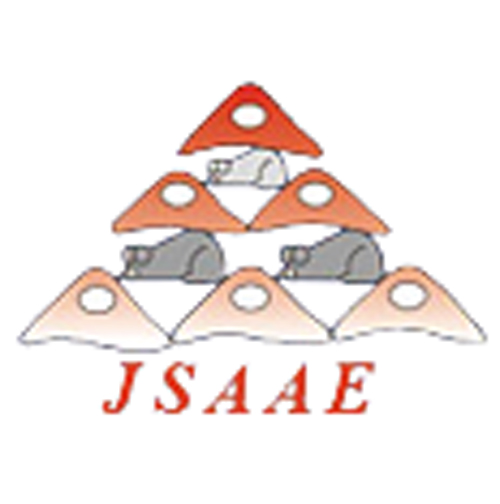Cytotoxicity Testing for Evaluating Food Safety
Shiro Yamashoji and Kenji Isshiki
(pp.146-161)
Current Status of Conducting Alternative Testing to Mammalian Toxicity Studies in The Japan Phamaceutical Manufactures Association
Toshiki Matsuzawa1, Akira Koda2, Masaharu Hashimoto3 and Toshiji Igarashi4
(General Toxicity Working Group, The Japan Pharmaceutical Manufacturers Association)
1Yumanouchi Pharmaceutical Co. Ltd.,
2Sumitomo Chemicals Co., Ltd.;
3Fujisawa Pharmaceutical Co., Ltd.;
4Eisui Co.
Original Article AATEX 5(3):162-172,1998
Abstract
To measure the use of alternatives to in vivo mammalian toxicity studies during drug research and development, the Japan Pharmaceutical Manufacturers Association (JPMA) distributed a questionnaire to its 99 member companies, of which 85 responded and 50 (59%) of them had some experiences in using alternatives to in vivo mammalian toxicity studies.
The results show alternative methods have been used foremost in hepatic toxicity testing, followed by teratogenicity, renal toxicity, eye irritation, skin irritation, cardiac toxicity, bone marrow toxicity and testicular toxicity tests. The alternative methods, regardless of category, provided screening and mechanistic analyses of the results of toxicity. Alternative test systems included isolated cells, primary culture cells, and established cell lines of mammalian species. For hepatic toxicity testing, primary culture cells were most commonly used. Other materials, such as perfused or sliced organs, were also used. For cardiac toxicity and neurotoxicity testing, primary culture cells were most popular; established cell lines were used in renal toxicity. Whole embryonic culture was mostly used in the primary culture alternative method for teratogenicity studies. The results also showed that animal welfare and cost savings were of minor importance in the opinion of most companies that responded.
Key words: status survey, alternative tests, mammalian toxicity.

